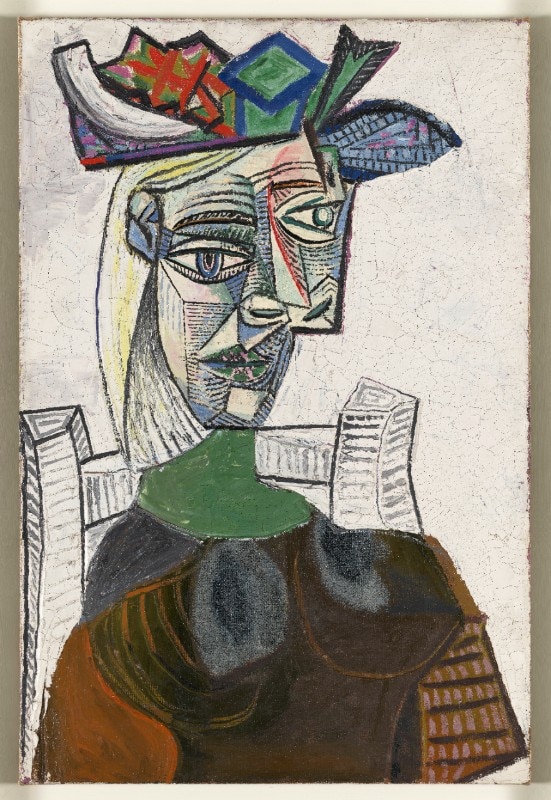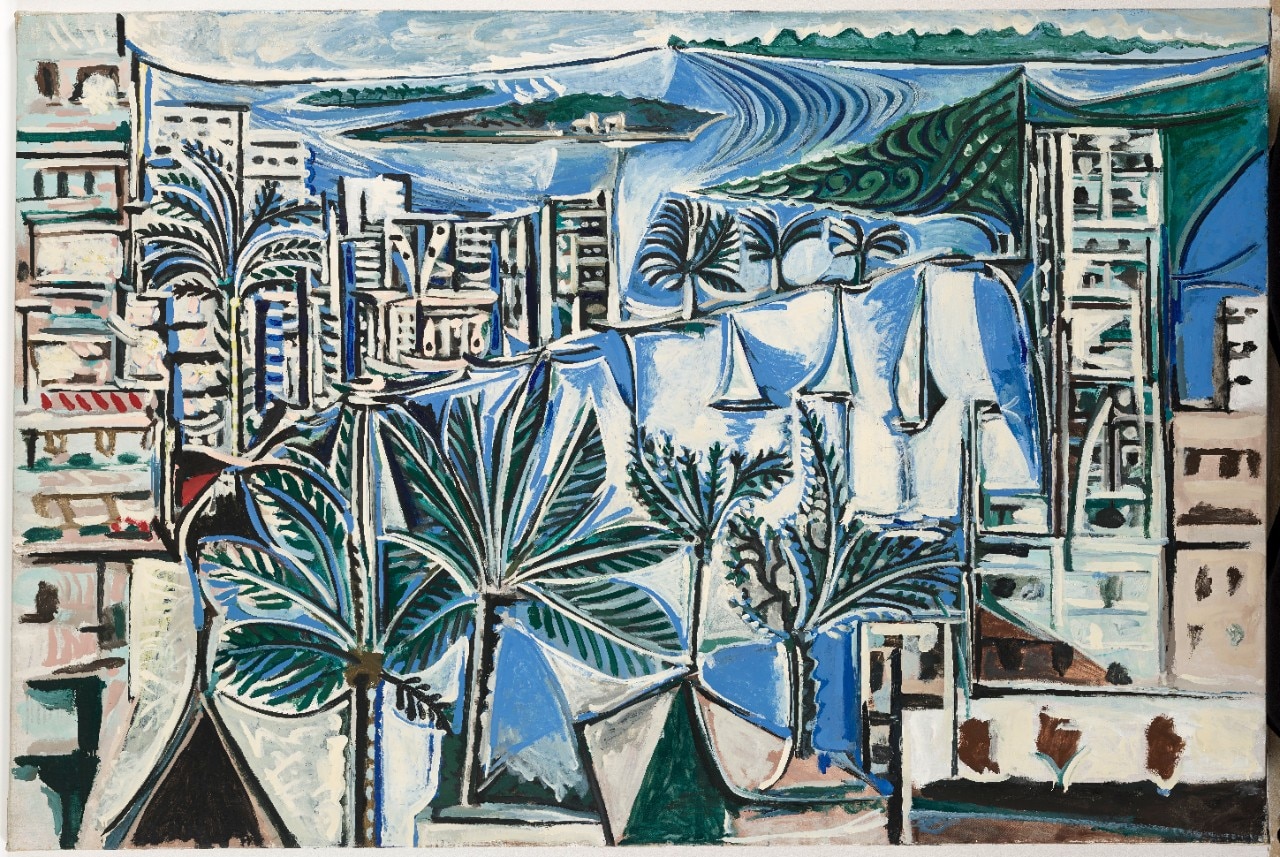Paris, city of lights and of the artistic avant-garde, was, for Pablo Picasso, not only a new home, but also a gilded prison. Born in Malaga in 1881, the Spanish artist made his home in the French capital in 1904, bringing with him his innate talent and a thirst for experimentation that was to render him one of the greatest revolutionaries in the world of 20th-century art.
However, behind the fame and the genius lay profound unease; that of an eternal foreigner. Despite his international success and recognition, Picasso never obtained French citizenship. A condition that marked him profoundly. Tireless and original research by Annie Cohen-Solal, an art historian and the biographer of Jean Paul Satre, has uncovered new and surprising details of the life of Picasso. Never-before-seen documentation held for years in the archives of the French Police, reveal a dark and little-known side of the Spanish genius; that of a man who was constantly under surveillance, suspected of being an anarchist and treated like an alien.

An unmatched master of the Twentieth century, Picasso broke every rule, subverted every standard and reinvented the very art of painting. His work, an endless odyssey, was in constant evolution, an incessant flow of form and colour, of emotion and passion. From the Blue Period, steeped in melancholy, to the revolutionary and deconstructed Cubism, Picasso always sought to go further, to push the boundaries of artistic expression and to offer the world original and provocative visions.
The exhibition takes the form of a reflection on contemporaneity, a tribute to one of the greatest artists of all time, but also an opportunity to reflect on the condition of immigrants and the difficulty of integrating into an often hostile and untrusting society.
"My joining the Communist Party is a logical step in my life and my work.
[...] Yes, I know that I have always fought like a true revolutionary through my art. But I now understand that this is not enough; these years of terrible oppression have shown me that I had to fight not only with painting but with my whole being”
Picasso. The foreigner. From 20 September 2024 to 2 February 2025
“Picasso suffered greatly from this condition of vulnerability”, explains Cohen-Solal. “Yet it was his very fragility that made him such a powerful and original artist”.
The exhibition “Picasso the foreigner” invites us to discover a new side of Picasso, a man tormented by his condition as an outsider yet, at the same time, determined to leave a lasting mark in art history. Through a rich collection of works, documents and photographs, the exhibition explores the complex and fascinating world of the Spanish genius, uncovering his relations with women, his passions and his fears.
“Picasso was a revolutionary figure, not only within the world of art, but also in life”, states Cécile Debray, president of the National Picasso Museum in Paris. “His story teaches us that art can be a powerful form of rebellion and a way to affirm one’s identity”.








